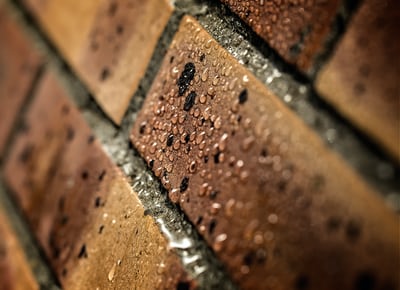How to Waterproof Your Home: Ways to Done the Job?
If you live in a home that experiences extreme weather, you may be wondering how to waterproof your home in Des Moines. In some areas of the country, especially during the summer months, the ground can become completely saturated with puddles of water. You may even have a few inches of water standing on your siding or garage roof. Regardless of how severe the weather is outside, there are a number of home repair services in Des Moines that can help you to waterproof your home.
1. Waterproof Damaged Areas:
The primary source of moisture in the home is usually from the surface of the siding and the garage roof. These areas will often get damaged by wind and rain, and often they will not be able to dry out completely. Waterproofing these areas will prevent moisture from seeping into the interior of your home.
Waterproofing your home in Des Moines doesn’t require the use of expensive waterproofing products like tar and concrete waterproofing. Many homeowners find that making improvements to their roofs and patios using gravel and a waterproof membrane is all that is needed.
2. Install waterproof Membrane:
To install a waterproof membrane on your home, you’ll need two rigid membranes. One membrane will be placed on the outside of the exterior wall. You should also have a second, thicker membrane applied to the interior of the exterior wall. The interior membrane is used to cover the area between the gravel and the interior slab. This prevents any water from getting between the two sheets of material.
In addition to making the exterior of your home waterproof, a second membrane is also necessary if you want to prevent damage to your home from outside water damage. Many times when you have external water damage to your homes, such as a hole in the roof or foundation, the water damage is contained within the immediate area of the source of the damage. However, mold can also grow behind the exterior walls of a home. If mold spores are allowed to build up in your home without being properly removed, they can cause severe health problems for anyone who spends time in the home.
3. Exterior Structure of Home:
Many people try to waterproof an exterior structure of a home on their own. This can be a dangerous thing to do since the homeowner is not trained to handle this type of repair. Waterproofing a home on your own puts you at great risk of causing structural damage to your home. It can also cost a lot of money to hire someone else to repair your home.
4. Triple Wall Fiberglass Vapor Barrier:
One method that is used to waterproof the exterior walls of a home is by using a triple wall fiberglass vapor barrier. A triple wall fiberglass vapor barrier can be installed along the outside perimeter of your home. Other methods of waterproofing an exterior wall include using rubberized asphalt, applying a liquid solution to the exterior surface, or building a plastic barrier. Although this article has listed the most common methods of waterproofing the exterior surfaces of a home, you should know that some more exotic methods exist.
If you are wondering how to waterproof your home, it is important to know that it does not have to be difficult. It is very easy to install an effective system, and it can be inexpensive to implement. Waterproofing a home does not have to be expensive, since there are many low-cost methods available. Even though this may be the case, it is still important to keep in mind the need to hire a professional when trying to apply any type of waterproofing to your home.

